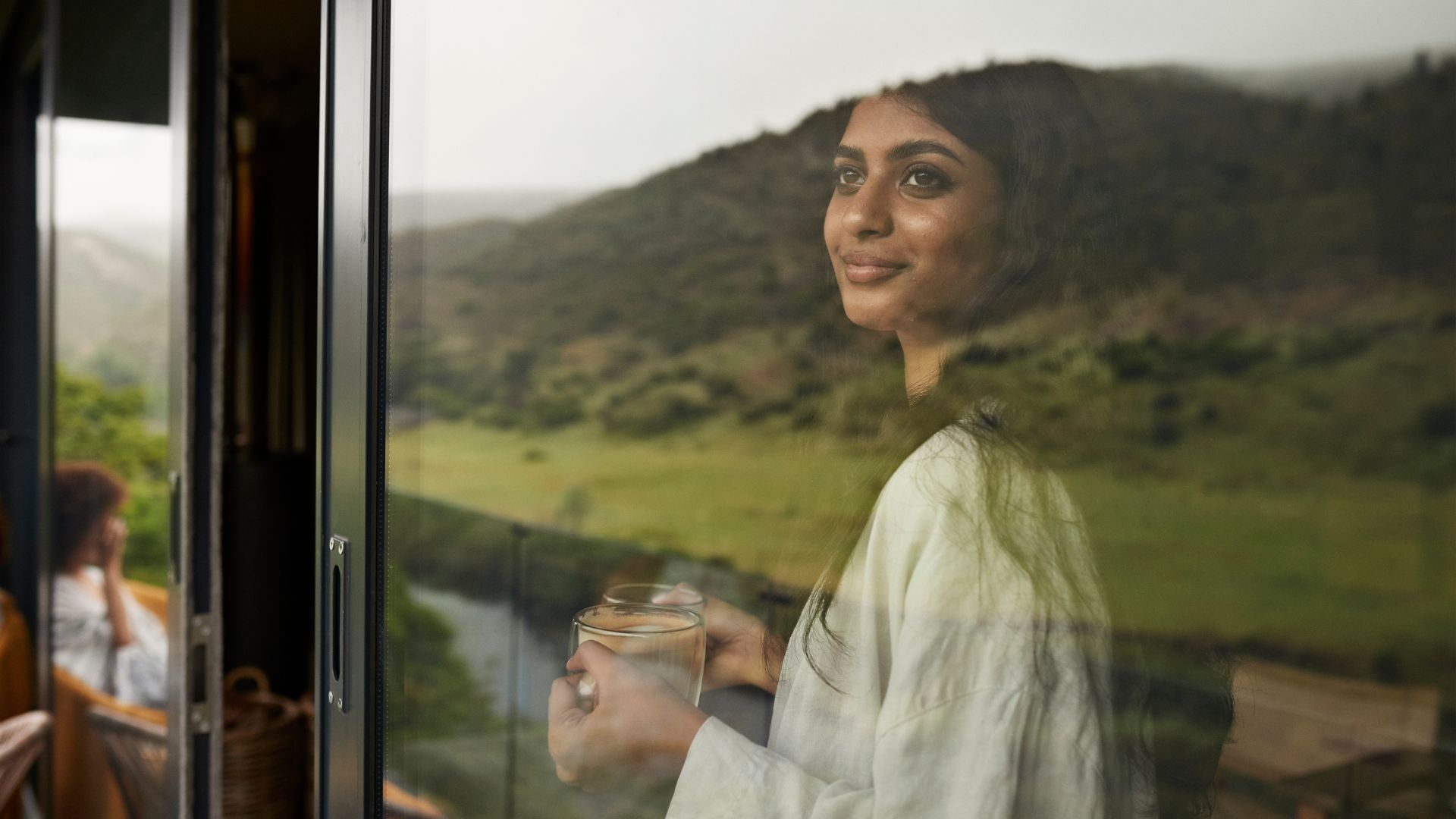It's not just about feeling sad - Dr Zoe Williams reveals 3 key signs of seasonal affective disorder
Most people with seasonal affective disorder (SAD) experience the most intense symptoms in November and the darker winter months

For many of us, winter means spending more time at home, cosy on the sofa and eating comfort foods. For three in 100 people in the UK, however, the lack of daylight during the winter months has a significant impact on day-to-day life, as they try to combat seasonal affective disorder (SAD).
If you've heard of the condition before, you might think it's just the 'winter blues'. But as NHS GP Dr Zoe Williams explained on a recent episode of ITV's This Morning, it's about so much more than that - and it should be taken more seriously.
As well as symptoms like low mood, similar to depression, those with SAD may struggle to get out of bed in the morning, but also find themselves "feeling irritable and struggling to get to sleep at night". As many people with depression sleep less, the doctor notes, this is a difference to look out for.
A loss of sex drive is another symptom, she notes, and while we all typically seek comfort foods in the colder months, those with SAD can find themselves "overeating" and "particularly craving" carbohydrates or sugary treats. Particularly so at night and as it's "more exaggerated", they are more likely to put on weight.
The easiest way to spot whether you have SAD is by noticing the pattern of having a better mood in the summer, and then feeling low in winter. Those with depression experience symptoms year-round.
Some people will find their symptoms so severe that they need to take medication such as antidepressants, or start counselling or another type of talking therapy.
A post shared by This Morning (@thismorning)
A photo posted by on
What causes SAD?
The main cause of SAD is a lack of sunlight, says Dr Zoe, but also the “reduced intensity of sunlight throughout the day”. While more research needs to be done on the causes, the NHShas one theory is that the lack of sunlight stops the hypothalamus in our brains from working properly. This can impact the production of important hormones such as melatonin and serotonin.
Sign up to our free daily email for the latest royal and entertainment news, interesting opinion, expert advice on styling and beauty trends, and no-nonsense guides to the health and wellness questions you want answered.
Melatonin is our sleep hormone and it’s thought people with SAD have too much of it, which is why getting out of bed on dark mornings can feel like such a struggle. The lack of light also affects our circadian rhythm (our internal body clock), which can disrupt our sleep-wake cycle. A 2019 study from the journal Somnologie found that natural daylight at high intensities can “advance the timing of sleep to earlier hours, affect the duration of sleep, and improve sleep quality”.
The lack of sunlight may cause a drop in our serotonin (aka the 'happy' hormone) levels, which is why low mood is so common in people with the disorder.
“SAD is a recognised diagnosable mental health condition, it’s a type of depression,” Dr Zoe told hosts Dermot O’Leary and Alison Hammond. “But what distinguishes it really from other types of depression is that it’s seasonal. So certain times of the year you’re affected and then it’s completely alleviated by other times of the year.”
The Royal College of Psychiatrists says SAD is three times more common in women than men. Other studies suggest it can get worse with menopause. Some people compare it to wanting to hibernate, like other mammals, but of course, this isn’t something we can do as humans.
How to deal with SAD
1. Get plenty of natural sunlight
The main thing you can do to alleviate your symptoms is to get as much natural sunlight as you can every day. This will help your body release the serotonin needed to stabilise your mood and appetite, and help you get more core sleep.
Maximise the amount of natural light in your house by opening blinds and curtains. When sitting or working from home, move your desk or chair closer to a window.
If you can, head out for an early morning walk to make the most of the light at the beginning of the day. This is known as dawn simulation, which studies show can be an effective treatment for the condition as it regulates the body's internal clock.
2. Reassess the light you do get
What if there's no sunlight to be had? Some people choose light therapy to simulate sunlight exposure. For many people, a SAD lamp is the most budget-friendly way to do this.
The lamps produce a cool, bright light that simulates the sun's intense spectrum of light, which can have a similar effect on the body.
If you are struggling with SAD and sleep problems, it’s also worth considering how much you’re exposing yourself to artificial light, like the blue light on your phone. If you’re scrolling in bed before you go to sleep, it can disrupt your sleep patterns and the release of melatonin needed to make you sleepy. Try reading a book or doing another calming activity (such as breathwork) before bed to help minimise any disruption.
Dr Zoe says some people find that if they go on holiday in winter it goes away but when they come back to the UK in the winter “it gets worse”. Dr Zoe says most people start experiencing symptoms at the end of September and early October and that it “gets most intense” in the typically darker and colder months of November, December, and January.
3. Exercise regularly and manage stress
Exercise and stress management are two pillars of good health, so it's not surprising they can help combat SAD, both helping to boost and maintain levels of serotonin.
Exercise is also hugely beneficial in winter as it preserves vitamin D levels, without having to take supplements or be exposed to sunlight. A groundbreaking study by the University of Bath found that participants who followed a 10-week indoor exercise program had a smaller drop in vitamin D levels over winter compared to those who didn't exercise at all.
And importantly, it was vitamin D3 that was preserved. In the comparison between vitamin D3 and D2, this is the one we need to boost our immune system and mood in winter.

Kat Storr has been a digital journalist for over 15 years after starting her career at Sky News, where she covered everything from world events to royal babies and celebrity deaths. After going freelance eight years ago, she now focuses on women's health and fitness content, writing across a range of UK publications.
From perimenopause to the latest fitness trends, Kat loves researching and writing about it all. She's happy to give any fitness challenge a go and speaks to experts about wellbeing issues affecting people every day.
You must confirm your public display name before commenting
Please logout and then login again, you will then be prompted to enter your display name.
